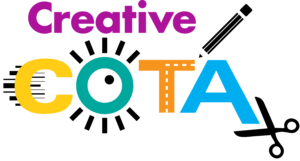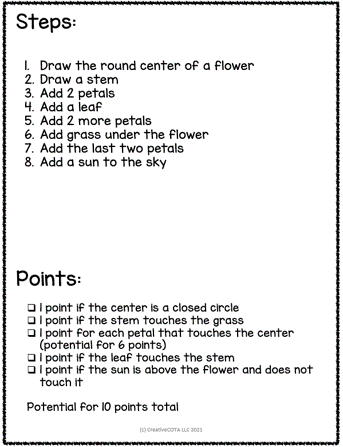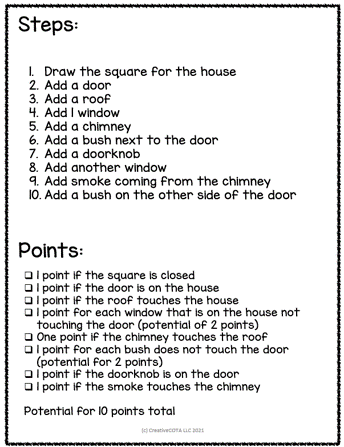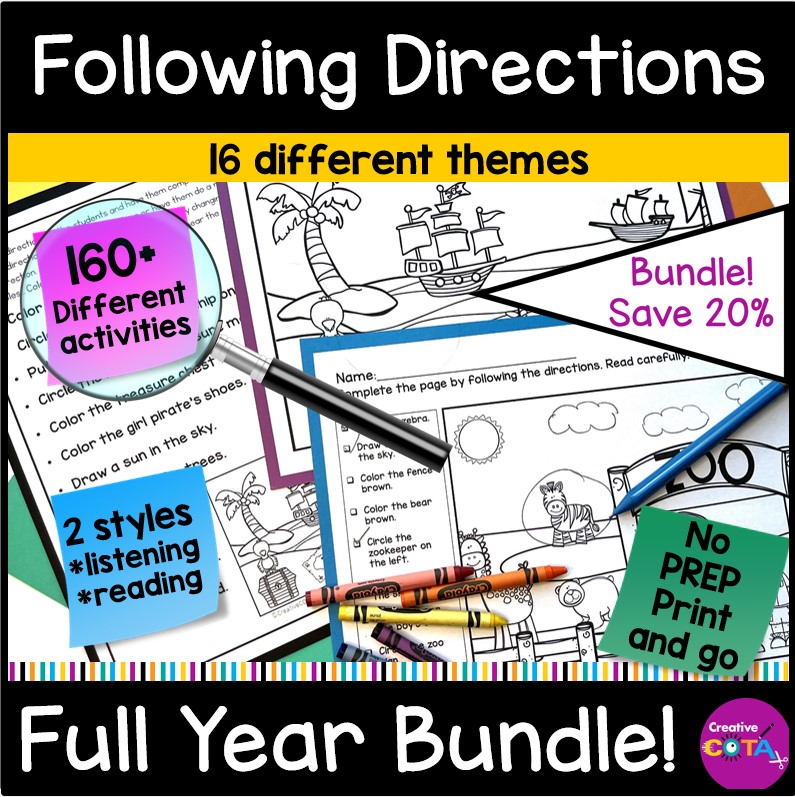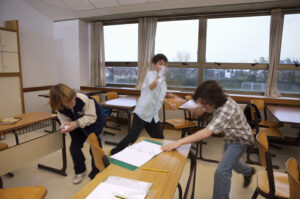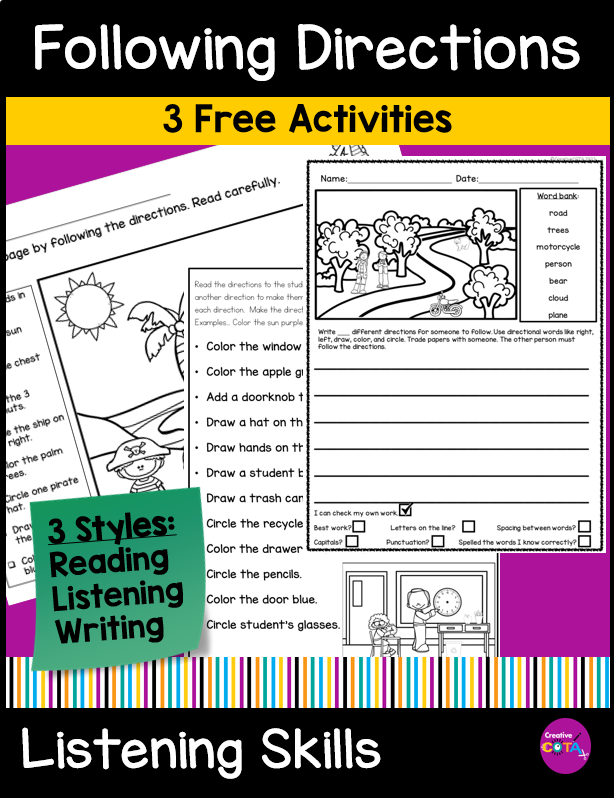
Enhancing Executive Function Skills Through Directed Drawing: A Fun Approach for OTs and Teachers
Are your students in need of an enjoyable yet effective way to develop their executive function planning skills? Look no further than directed drawing – a versatile activity that engages both occupational therapists and teachers. This approach encourages students to visualize the end result of a task before planning the necessary steps for completion. In this blog post, we’ll explore how directed drawing can be a valuable tool for promoting executive function skills in various educational settings.
The Significance of Executive Function Planning: Executive function planning is a crucial skill that allows individuals to picture the outcome of a task, plan accordingly, gather necessary materials, initiate the process, and work through the task to completion. For many children, this skill can be challenging, requiring models and assistance to enhance their ability to envision the final result. Whether the task involves organizing a clean room, undertaking a craft project, writing an essay, or working on a larger project, starting with the end in mind is fundamental to success.
Versatility of Directed Drawing: Directed drawing activities offer a multifaceted approach to developing executive function skills. They can be integrated into various settings, making them suitable for classroom minute-to-win-it challenges, indoor recess activities, or dedicated occupational therapy sessions. Additionally, directed drawing serves as an effective listening-to-directions activity, particularly valuable when students return to school after breaks.
Minute-to-Win-It Challenges: Incorporating directed drawing into minute-to-win-it challenges adds an element of excitement to the learning process. Students engage in quick, focused drawing sessions that not only enhance their executive function skills but also provide a refreshing break from routine tasks.
Indoor Recess Activities: When outdoor activities are not feasible, directed drawing offers an excellent alternative for indoor recess. Students can enjoy a creative and relaxing activity that simultaneously sharpens their ability to plan and execute tasks.
Occupational Therapy Sessions: Occupational therapists can use directed drawing as a therapeutic tool to address executive function planning challenges in an engaging manner. Tailoring the drawings to specific goals ensures a targeted and enjoyable therapeutic experience for students.
This is a take-off on the draw a snowman on a paper plate activity found on Pinterest. Students place a paper plate on their heads and draw the pictures in the order that the steps are given.
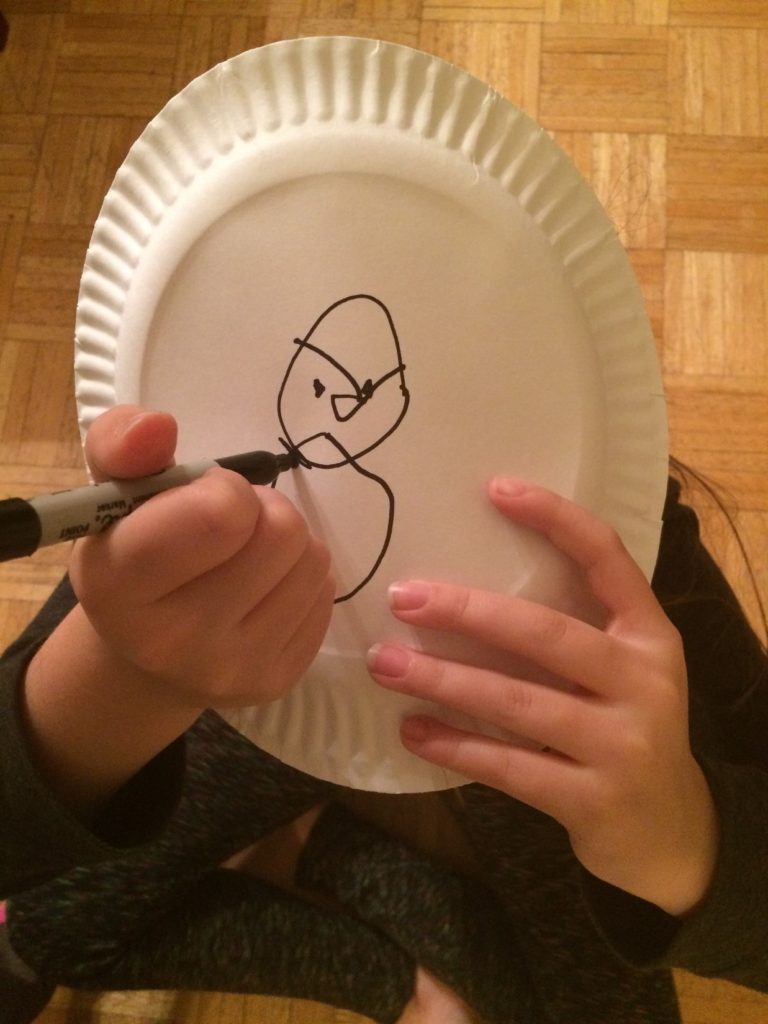
Check out the directions, models, and scoring sheets for a flower and house in my free resource library. You will also find over 30 other ideas for your classroom or occupational therapy sessions. When completing the activities, have students picture the image in their minds and plan out what it should look like when they are done. A model is provided for children who may need it. After the drawings are complete you can score their results. Students can draw with their eyes closed or blindfolded on paper as well.
Tips:
1. Have them picture where the top and bottom of their picture will be.
2. Have them create a picture in their mind of what they want to draw.
3. Works best with a marker and the reminder to keep the plate on their head.
For more directed drawing and direction following activities check out the following in my store. I hope you find a few ideas for your occupational therapy sessions or classroom on my website or in my stores.
Directed drawing emerges as a valuable resource for occupational therapists and teachers seeking to cultivate executive function planning skills in their students. By incorporating this versatile activity into various educational settings, educators can make learning enjoyable while focusing on crucial aspects of social and emotional development.
About the Author
I am a Certified Occupational Therapy Assistant (COTA) and have been working in a public school system for more than 25 years. My resources can be found on TPT, BOOM Learning, Made by Teachers, Classful, and Your Therapy Source. I appreciate your interest wherever you wish to shop.
My mission is to help you find creative ideas to incorporate fine motor, visual perception, gross motor, and social-emotional learning into your lessons.
I hope you consider signing up for my Free Resource Library with your Email. I send out emails about once a week and share resources, tips, and planning ideas for your classroom or occupational therapy needs. Hopefully, these help your students work on building their skills in a fun and engaging way.

